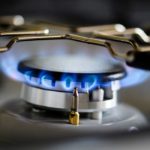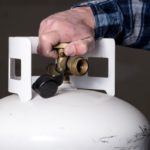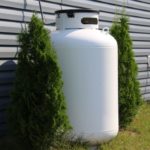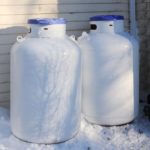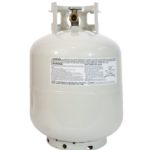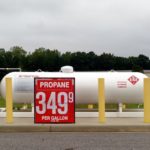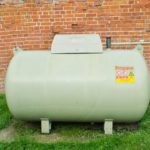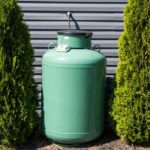As a homeowner who uses a propane tank, you might want to know if it’s possible to overfill a tank. That’s an easy one: Yes, it is! Propane tanks shouldn’t be more than 80% full, so anything more than that is considered an overfill and can be a fire and safety hazard. That’s why it’s best to know how to detect when your tank is overfilled and what to do about it.
If there’s propane coming out of your tank, or if you smell propane, the tank may be overfilled. To get rid of the excess propane, open the bleeder valve and allow some propane to escape. When the propane being released becomes a vapor or mist, you can shut the valve and resume normal use.
Once you learn how to quickly detect that your tank is overfilled and how to bleed it properly, you’ll be able to avoid any danger and safely use your propane tank. It’s even better that you know how to avoid an overfilled tank; that way, you won’t ever need to deal with an overfilled tank. So let’s look at how to avoid an overfilled tank as well as what to do if it happens nonetheless.
How Do I Know if My Propane Tank Is Overfilled?
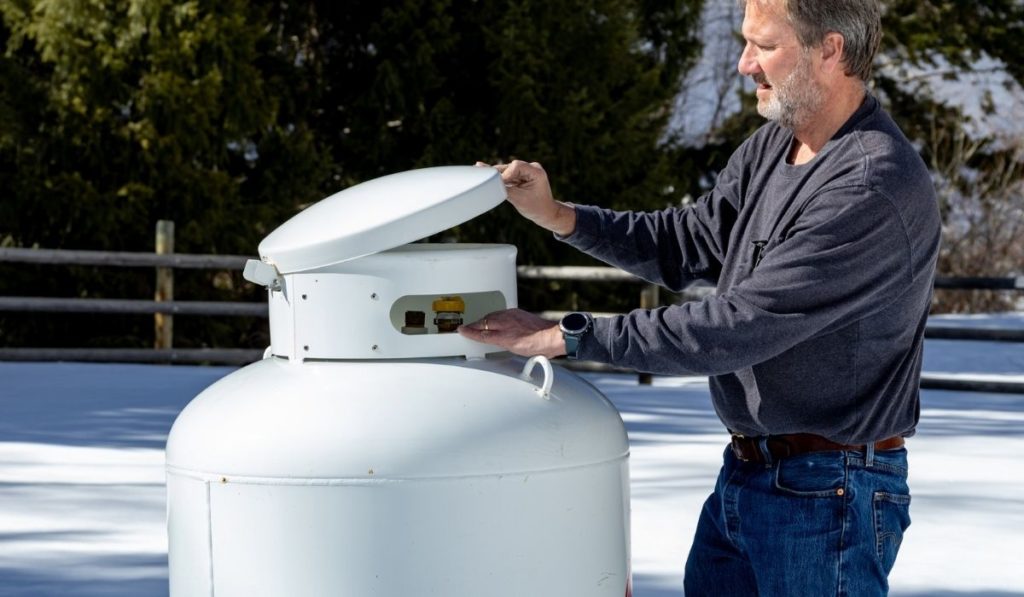
An overfilled propane tank is a potential fire hazard, and that’s why propane suppliers only fill about 80% of the tank. They want to give room for the liquid to swell. Sometimes however, due to several possible reasons, these tanks can get overfilled, and this is a very dangerous situation.
Overfilling doesn’t need to be an issue as long as you can tell when your tank is getting too full. Sadly, many homeowners don’t know how to read the tell-tale signs of an overfilled tank.
So, how do you know when your propane tank is overfilled? These are signs you should watch out for:
- The smell of propane: Propane gas contains Ethanethiol or Ethyl Mercaptan — harmless chemicals that give the gas its odor. If you smell chemicals in the area, it can mean two things: that there’s a gas leak, or that your tank is overfilled. Once you confirm that there’s no obvious leak, then you might be dealing with an overfilled tank.
- Propane coming out of your tank: Normally, after a gas attendant disconnects their filling equipment, nothing should come out of your tank, and if it does, it should be nothing more than a brief spurt. However, if what’s coming out of your tank is more than a spurt, then the tank might be overfilled. You can detect that propane is leaving your tank when you hear a hissing noise.
- Appliances not functioning: An overfilled tank might not light up your appliances as it should. If they’re not functioning, check for an overfilled tank.
- Gauge is high: A final way to know that your propane tank is overfilled is if the gauge like this (on Amazon) is too high after the tank has been filled.
While these are signs you should watch out for, you should also double-check that your tank is truly overfilled before you take action. You can carry out this simple test by opening the bleeder valve on your propane tank. Open it very slowly and turn it off almost immediately.
If the propane tank was filled over the 80% limit, there will be a stream of near-liquid propane coming out of your tank. If your tank isn’t overfilled, it will only release a vapor. Once you’ve confirmed that your tank is overfilled, the next thing to do is to bleed it.
What Happens if Your Propane Tank Is Overfilled?
An overfilled tank is a dangerous item to have around you because it can leak and cause a fire, or even an explosion, causing injury and/or property damage.
Propane expands in warm weather as the tank pressure rises. If the tank is overfilled and there’s no space for the liquid to expand, it might lead to an explosion.
Also, when pressure is too high, it can trigger the relief valve on the tank to open, causing a gas leak. If there’s any ignition source (fire/sparks) nearby, it becomes a fire hazard. Even if there’s no fire outbreak, a gas leak is also wasted money, and a gas leak in an enclosed space like a garage can produce a toxic environment to people and animals.
This is why experts recommend that we shouldn’t fill tanks any more than 80%. It’s to leave room for possible gas expansion.
Not all tanks need to have extra room, however. For instance, homeowners who use underground tanks can fill them up to 100%. This is because an underground tank won’t be affected by temperature changes thanks to the surrounding soil, which serves as an insulator. Without the temperature changes, there’s no risk of the propane tank swelling.
How to Bleed an Overfilled Propane Tank
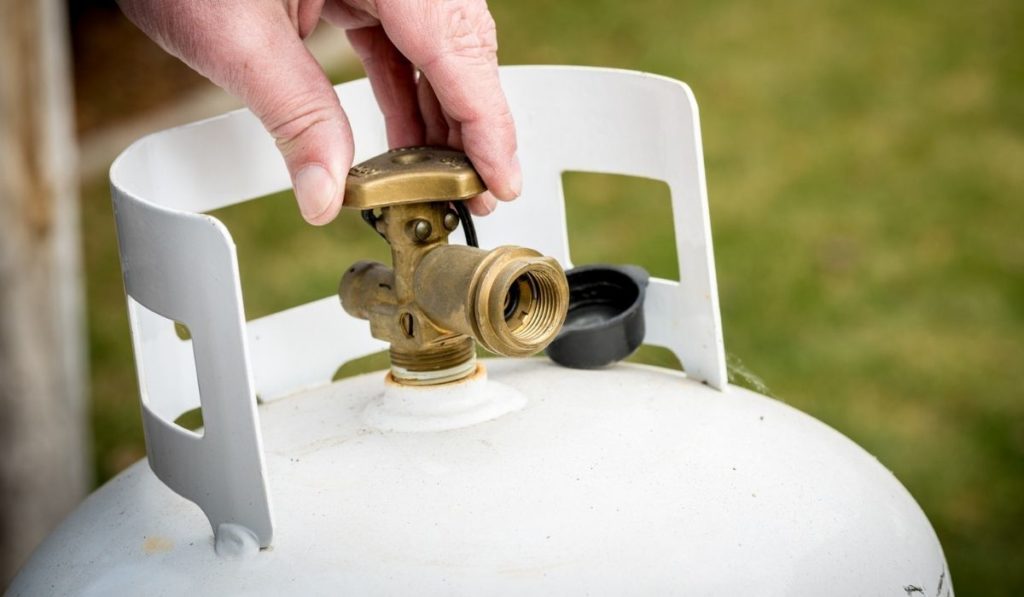
Bleeding your overfilled propane tank is not a difficult task. To avoid starting a fire though, you have to ensure that you’re outdoors and far away from flames or flammable items.
Once you’re in a safe location, you can go ahead to bleed your tank by following these steps:
- Turn on the bleeder valve on your tank to let excess propane escape from your tank.
- Keep the bleeder valve open to let the excess propane out of the tank. You’ll realize that it’s propane liquid coming out of the bleeder and not gas. Once the propane is below the 80% limit, the liquid will turn to bursts of vapor, although you might still notice traces of propane liquid.
- Turn off the bleeder as soon as you realize that the only thing escaping the tank is mist/vapor and not liquid.
Note that this process can last anywhere between a few minutes and two hours. It all depends on how overfilled the tank is. After the bleeding process, the propane range in your tank is back to normal, and you can safely use the gas as normal.
If you don’t have any experience bleeding a tank and aren’t sure that you can get it done by yourself, you should alert your propane provider to do it for you.
How to Avoid Overfilling a Propane Tank
To avoid overfilling a propane tank, you need an OPD (Overfill Protection Device) cylinder valve. The OPD is always placed inside a propane tank to regulate the amount of propane inside. An OPD cylinder has a triangular hand wheel above the valve, so you can recognize it by this feature.
As the propane rises in the tank, the float is activated and stops the propane from getting into the tank once it reaches the 80% safe limit. Nowadays, most propane tanks have an OPD, which has helped reduce the risk of an overfilled tank.
Alternatively, you can avoid overfilling a propane tank by ensuring that your propane provider is a true professional. A professional will certainly know not to overfill a tank and stop at the 80% limit. They’ll also confirm that their equipment isn’t faulty.
Is It Common to Have an Overfilled Tank?
Back in the day, it was much more common to have an overfilled tank. However, these days it isn’t a usual occurrence. Most propane tanks come with a device that regulates the inflow of propane into a tank.
Furthermore, propane handlers are professionals and should know the correct way to fill a tank. Still, that doesn’t mean you shouldn’t be on alert, since it’s possible to have an overfilled tank.
Propane isn’t necessarily dangerous — it’s even considered one of the safest burning fossil fuels on the market. However, little errors and oversights can make it a safety hazard, and one of those errors is overfilling the tank.
To avoid having any issues with your propane tank, pay attention to the signs that indicate it might be overfilled. And to be absolutely certain overfilling doesn’t occur, purchase a propane tank that has an OPD.

